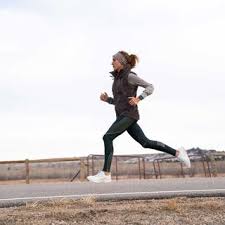Xue Sheng
All weight is underside
There are many parts to health. What are you looking for?Some people believe that to stand like this can be good for health.

I believe this is much better for health.

To say this is better than that has no basis since all you have listed are good for health and can be equally as important; laying down (sleeping), sitting (recovery, meditation, stress relief), standing (stress relief meditation leg strength or stamina), walking (most medical studies show is better than running as far a joint health), running (cardio, stress relief, but possible joint damage)
And while we are at this, you seem to have omitted strength training, also very important.
Looking at heath is not a binary problem, it is not all 1s and 0s, it is multifaceted, so other than all you mentioned being better than dead (as far as I know) I find the question way to one demential for any actual real answer
